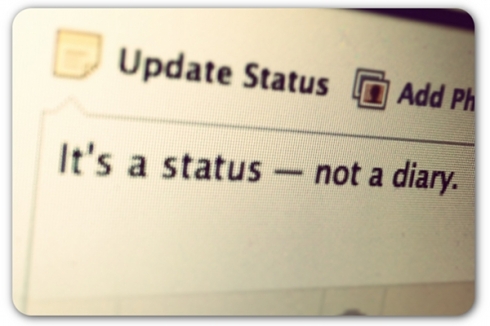Off the back of a dialogue event I attended at the Dana Centre (geek heaven!), I want to share some thoughts on ‘Rewired teens’ – basically meaning…
Game consoles, Facebook, Google…Are teenagers’ computer and web habits changing the way their brains work? And is this a good or a bad thing?
The Science Bit
Apologies for any inaccuracy here, I’m no scientist! But…humans are born with the maximum number of neurons, and as we grow these form interconnected networks. Our brains are ‘wired’ to respond to the world around us – i.e. context / culture / experiences are all significant in brain development. Inputs from our environment significantly affect the wiring of our brains.
With this in mind (and some fancy convincing brain charts), our speakers (from neuroscience fields) were keen to agree that with the ubiqutous nature of digital technology in our daily lives (particularly amongst digital natives), our brains will have indeed re-wired compared to say 10 years ago. Which brings us to the ethical issue – is this a good or a bad thing?
Re-wiring for better or for worse
If we look at the prevailing arguments, there are a lot of prejudices which have been fuelled by the media. They paint an unpretty picture of a digital world which has created a generation of zombies. I think it was the Telegraph that said Twitter makes you immoral and the Daily Mail that Facebook makes us bad people. As ever with new stuff in the digital space, there seems to be a whole lot of hype and horror and not a whole lot of facts.
The media often starts with the prejudice, and then searches for supporting evidence – or considerable lack there of in this case. Let’s consider the fact that we’ve only had decent brain scans for around 10 years, and it takes longer than this for your brain to develop! Science is being exploited to instill fear rather than actually help us understand something as complex as the re-wiring of our brains.
There is some evidence to suggest that digital natives are for example worse at multi-tasking (as digital immigrants are better at prioritising) and read much shallower. But if you look at video gaming where there has been the most research in this area – evidence suggests positive effects on learning and brain development.
Consider when novels first came along, people felt this passive behaviour was damaging – in contrast to storytelling with friends in social environments. Isn’t it good that the Internet is an interactive and increasingly social medium?

People First
If you work in the digital industry the people-frst approach probably isn’t new to you – it’s not really about the technology, it’s still about people.
Take those so-called dangerous video games which kids play that involve killing. Haven’t kids always acted out pretend kill during play? It’s the same behaviour, but different medium. And teenagers are spending an awful lot of time on Facebook – which isn’t surprising considering the role of friendships and interaction for teenagers in growing up.
Have you considered that technology is largely shaped by wider cultural changes and human behaviour? Surely technology exists to make communications easier? While humans have adapted to the changing digital world, the fundamentals of human behaviour have stayed the same.

All things considered – the Internet is here, there, and everywhere – probably for better AND for worse.













